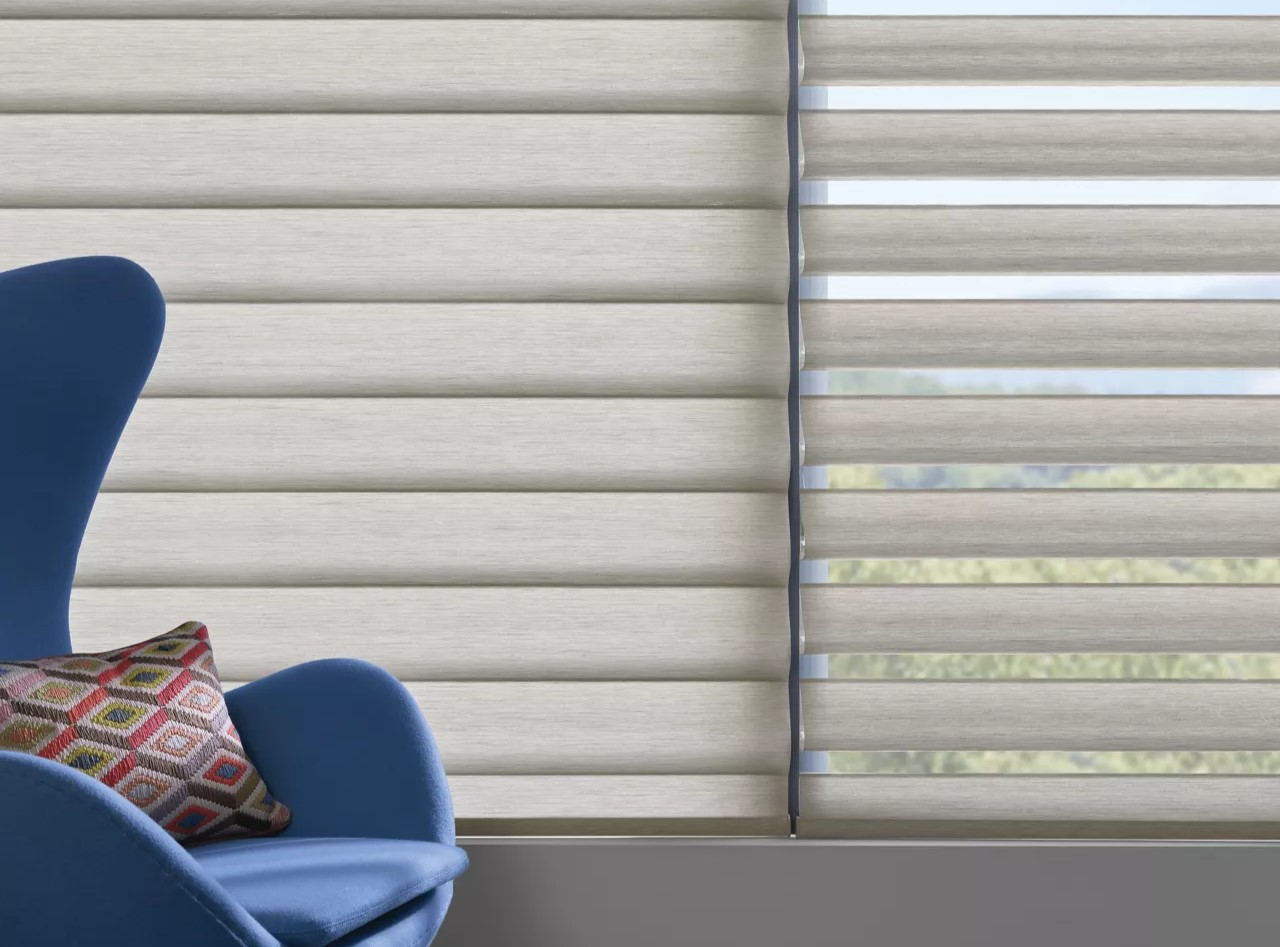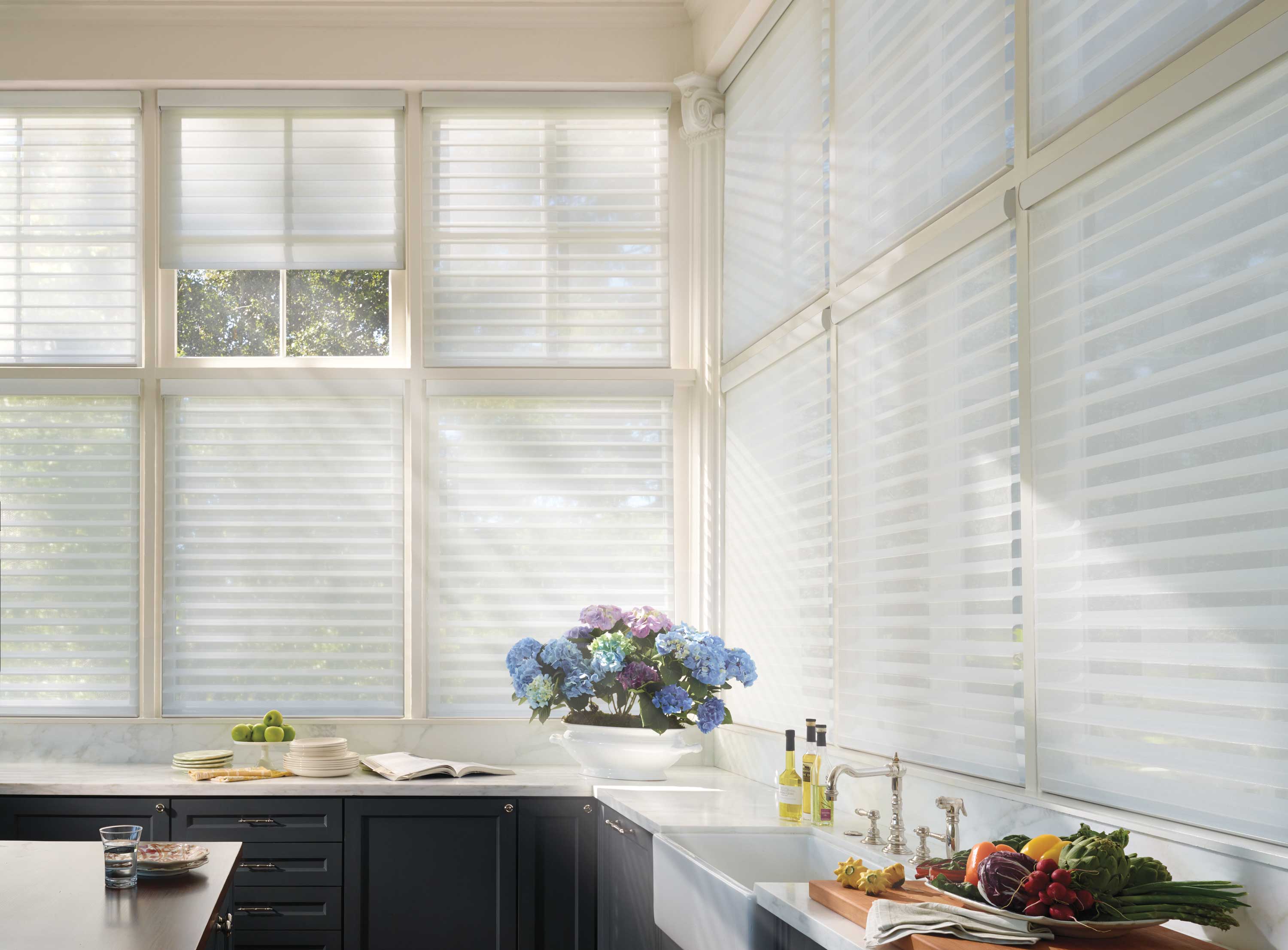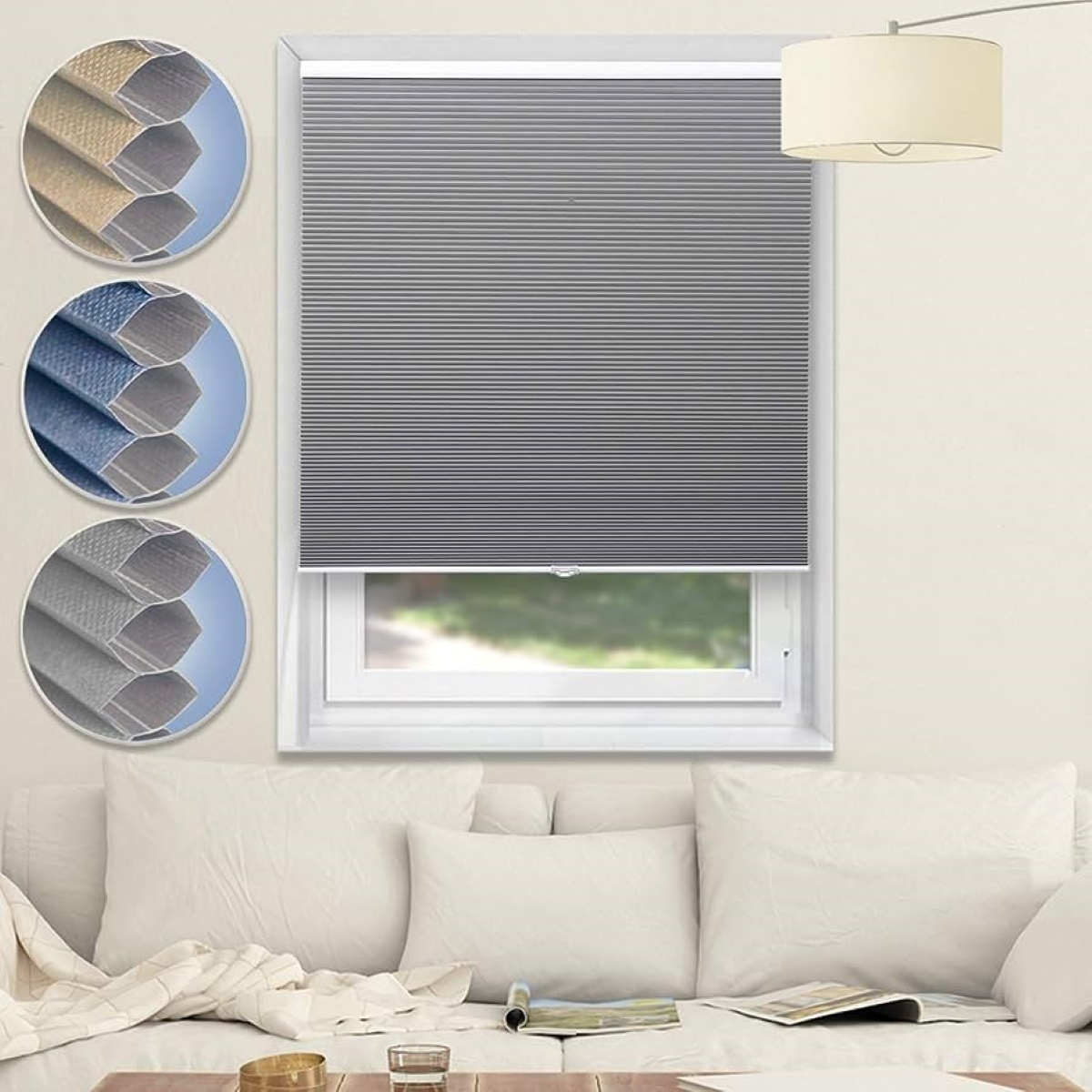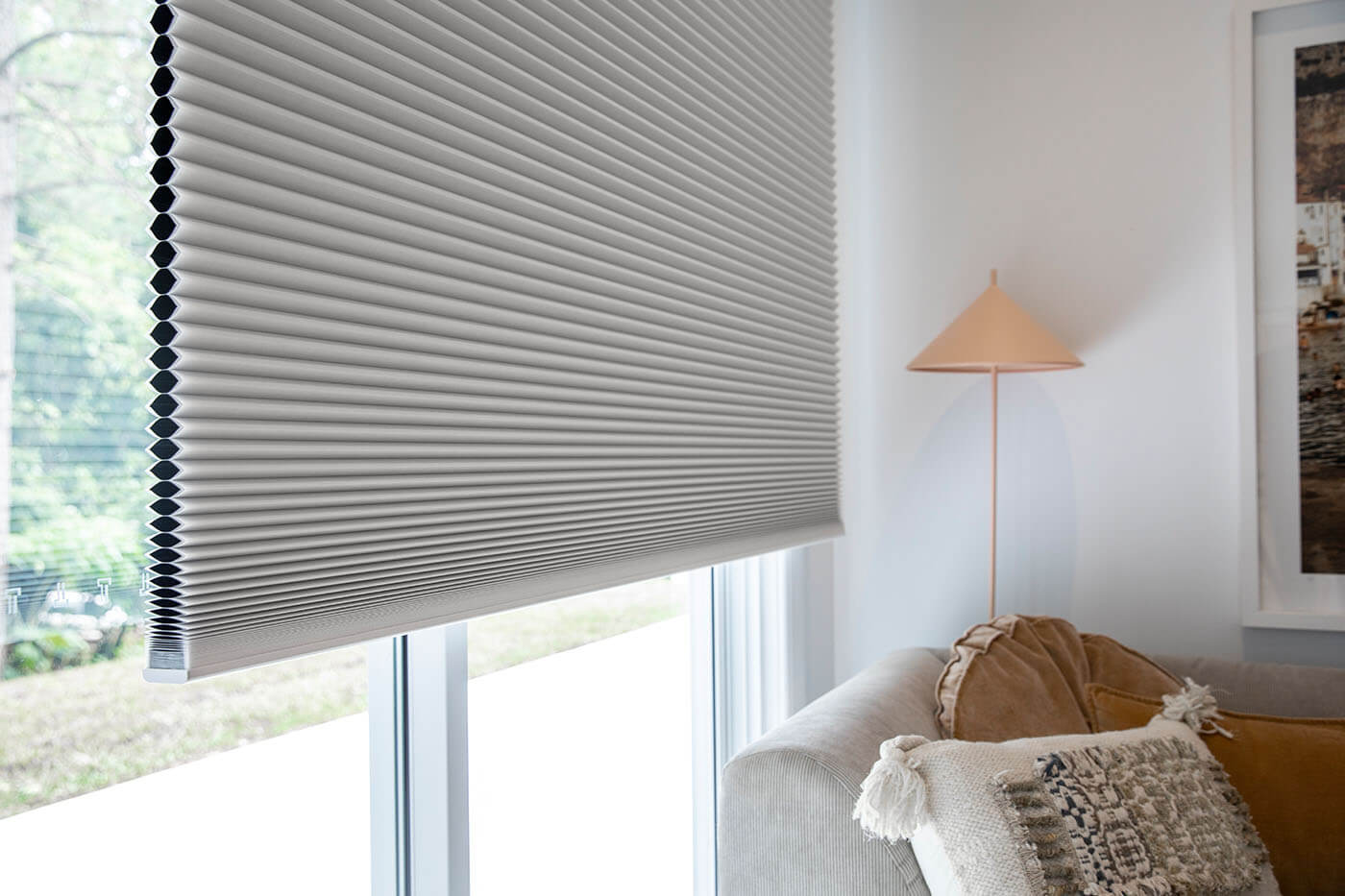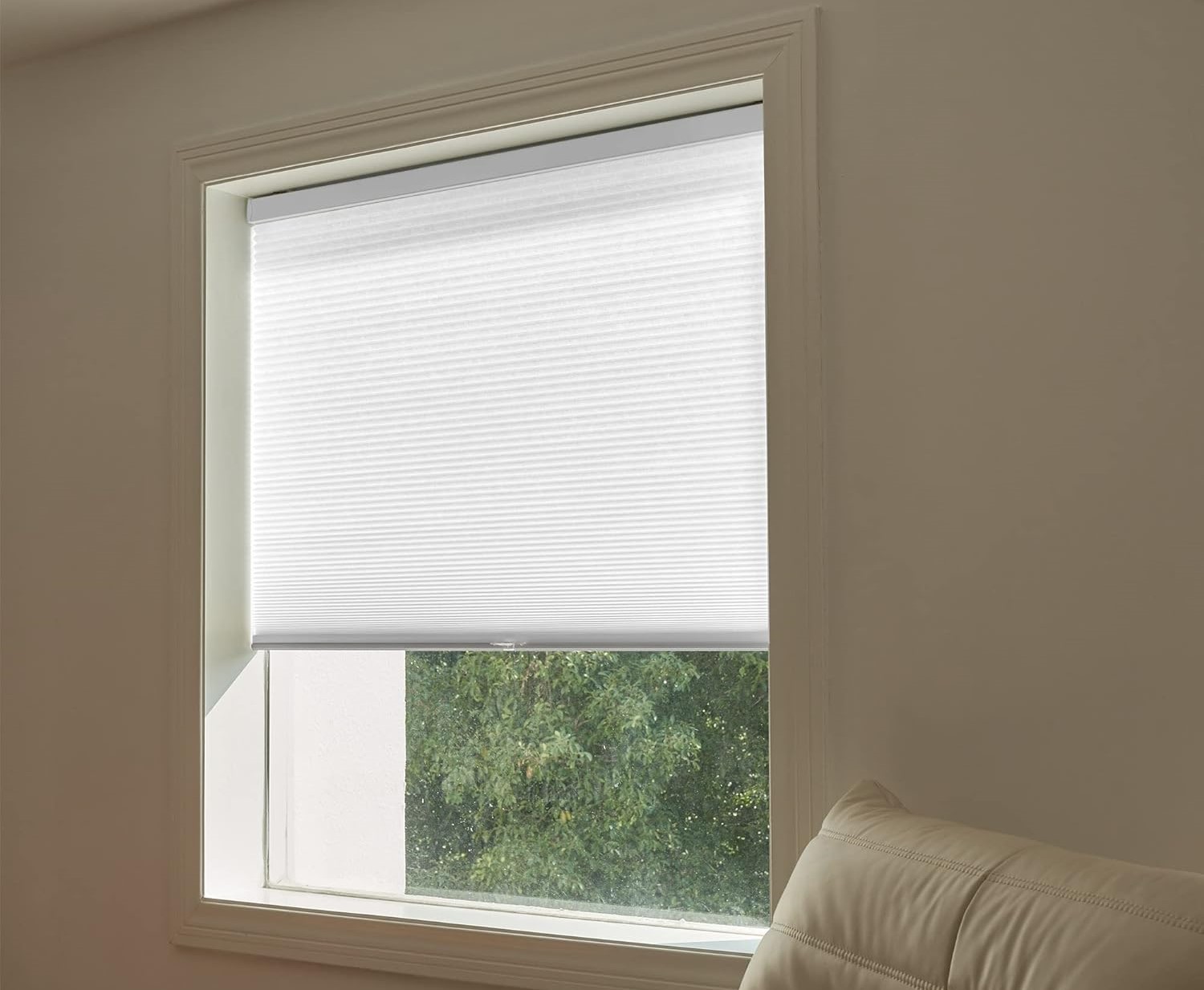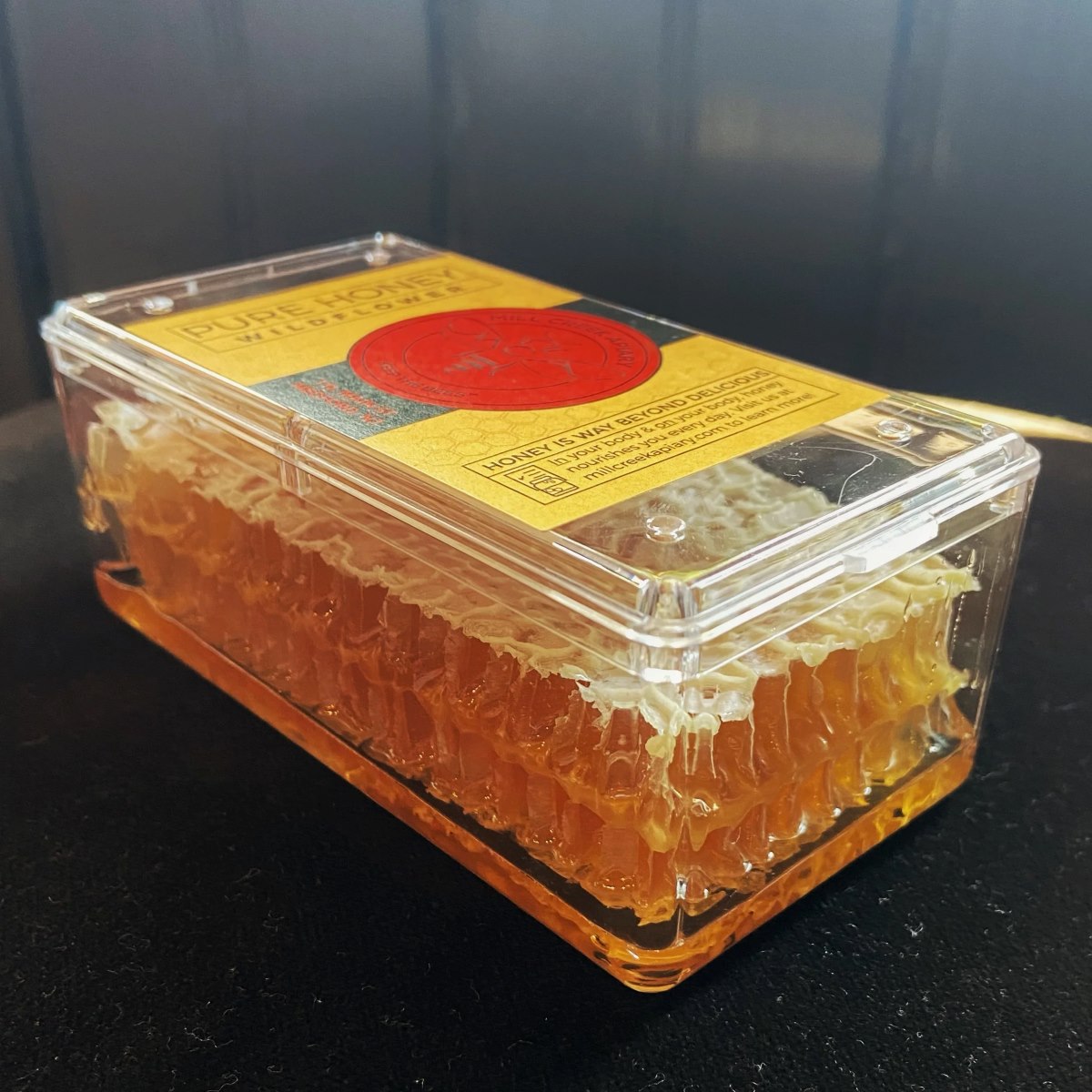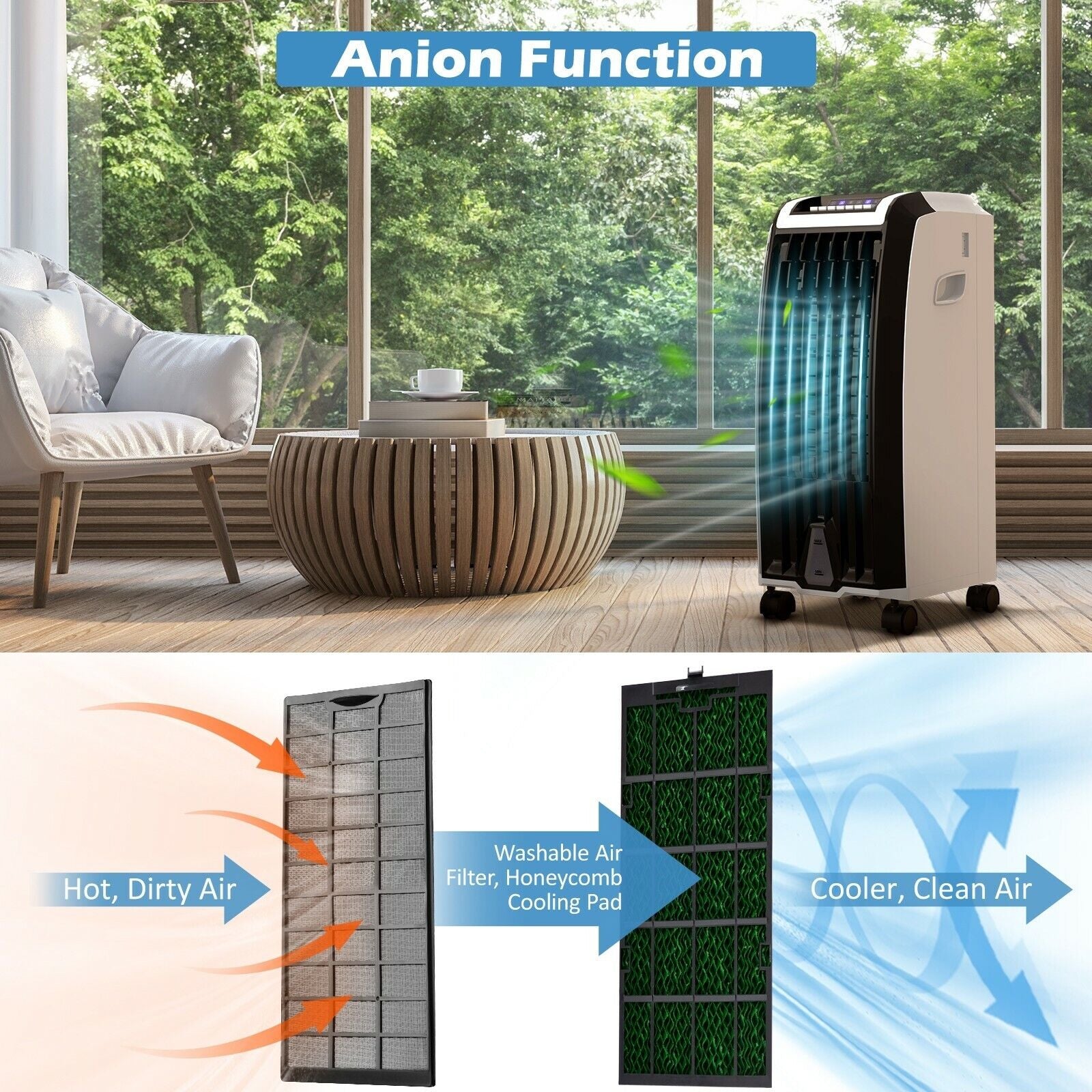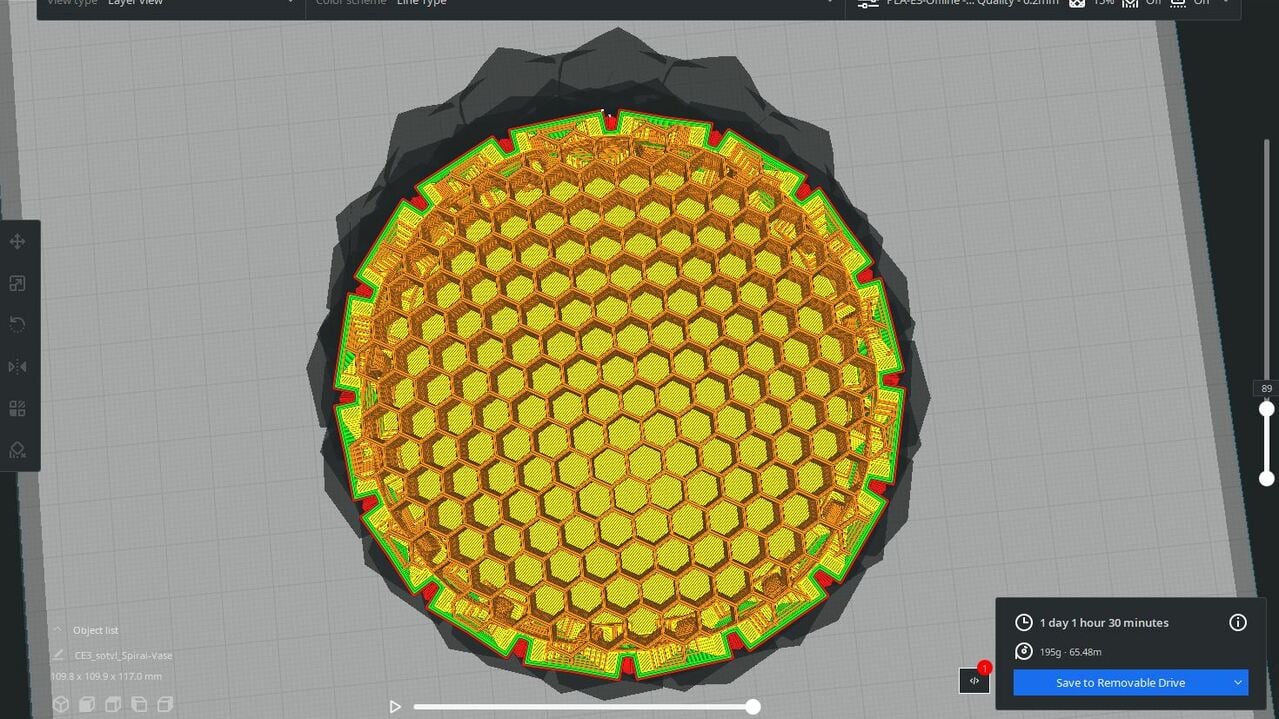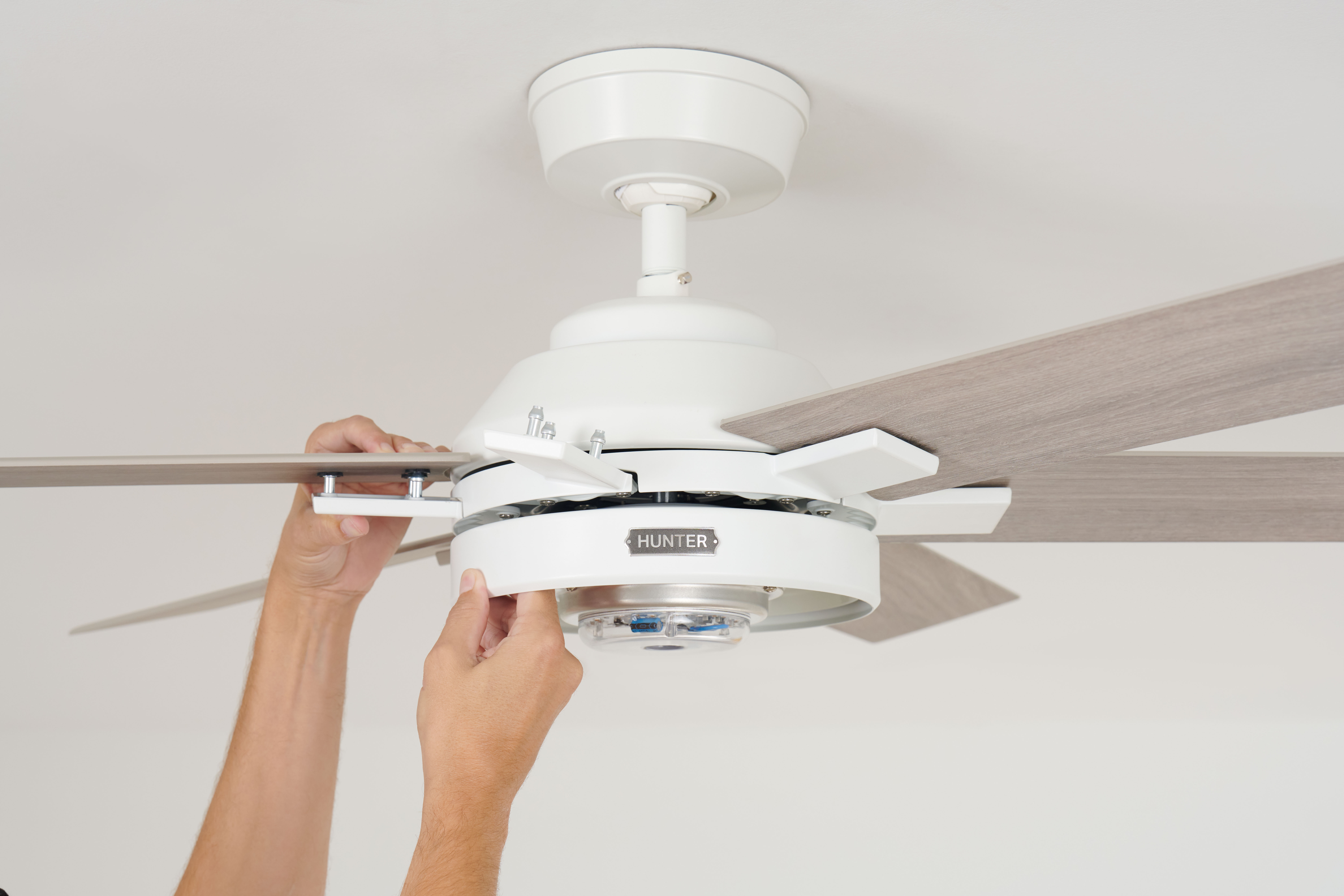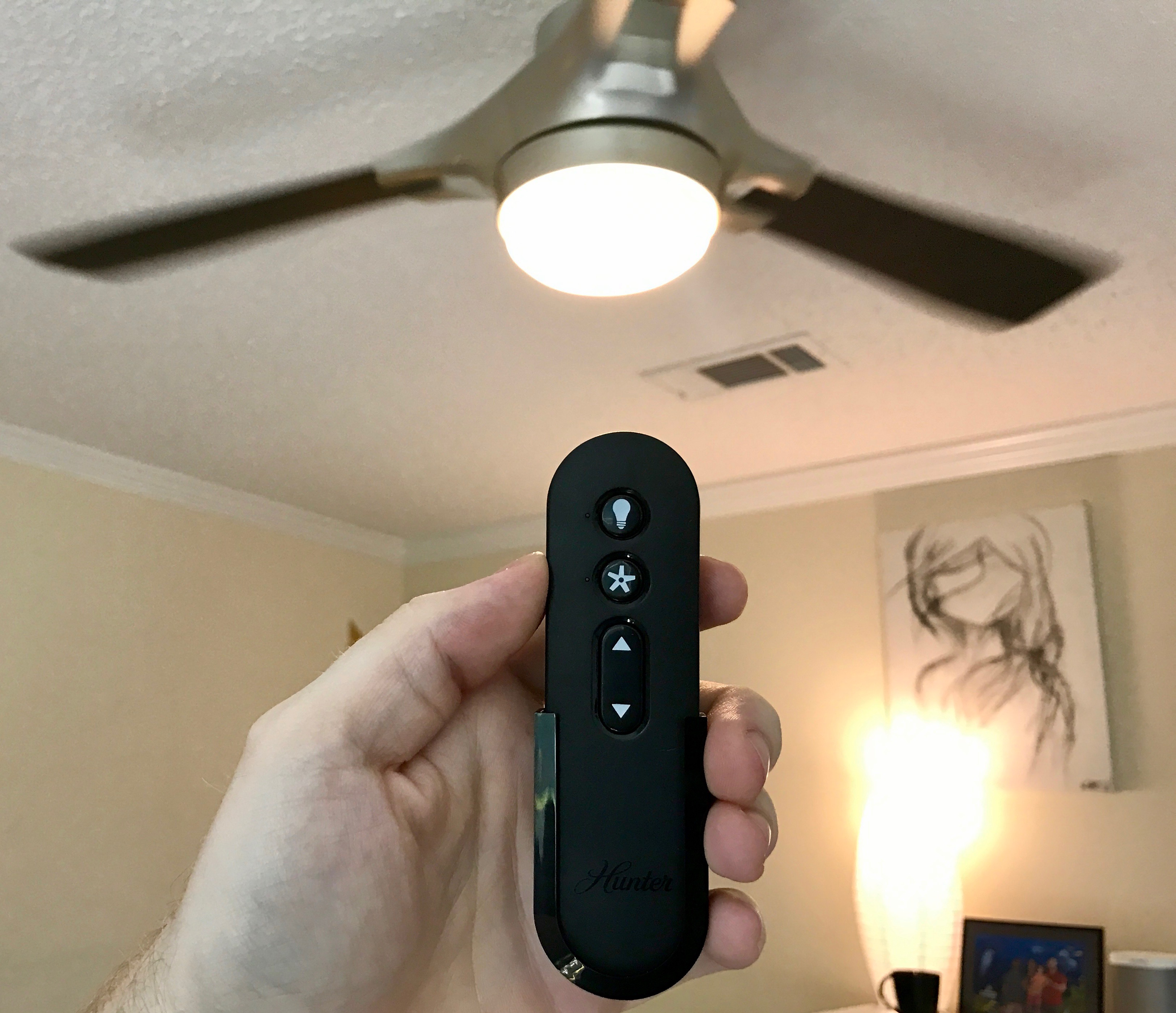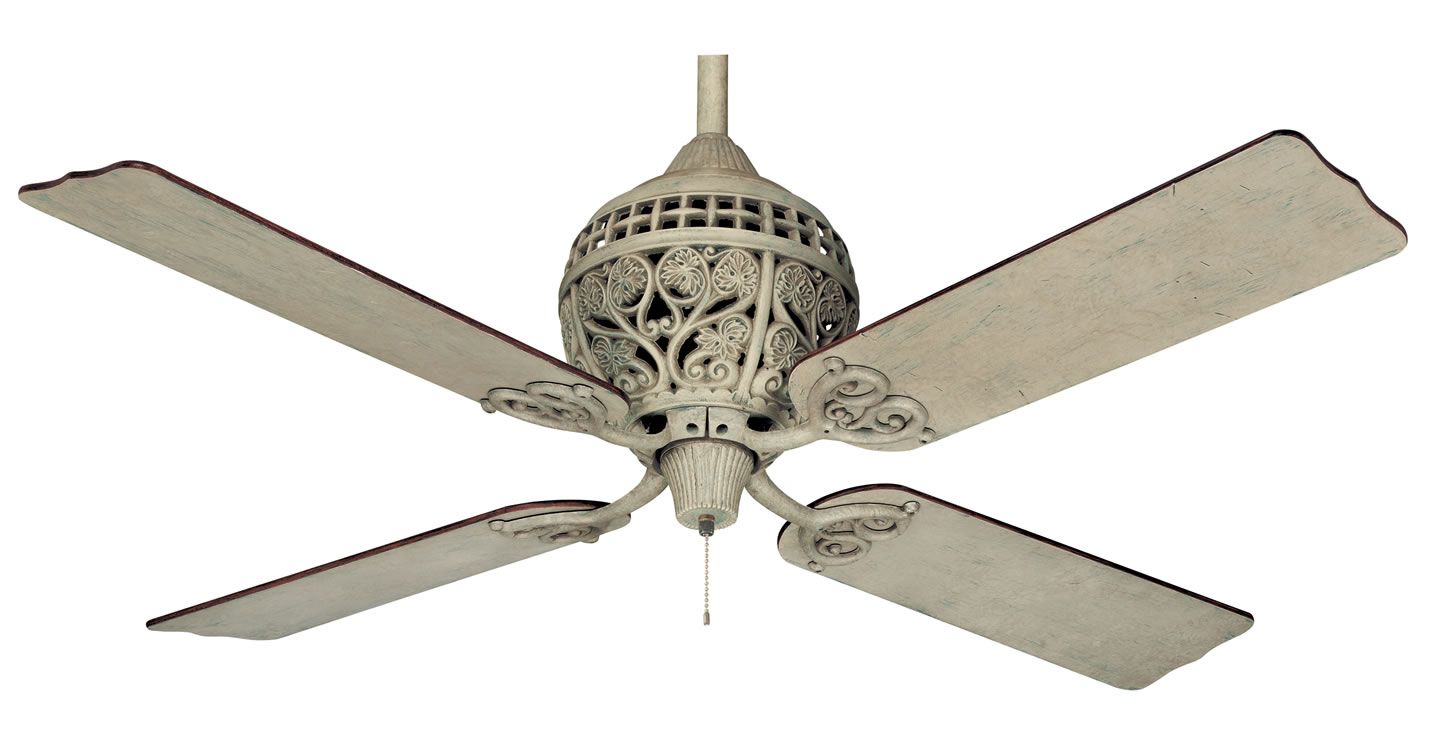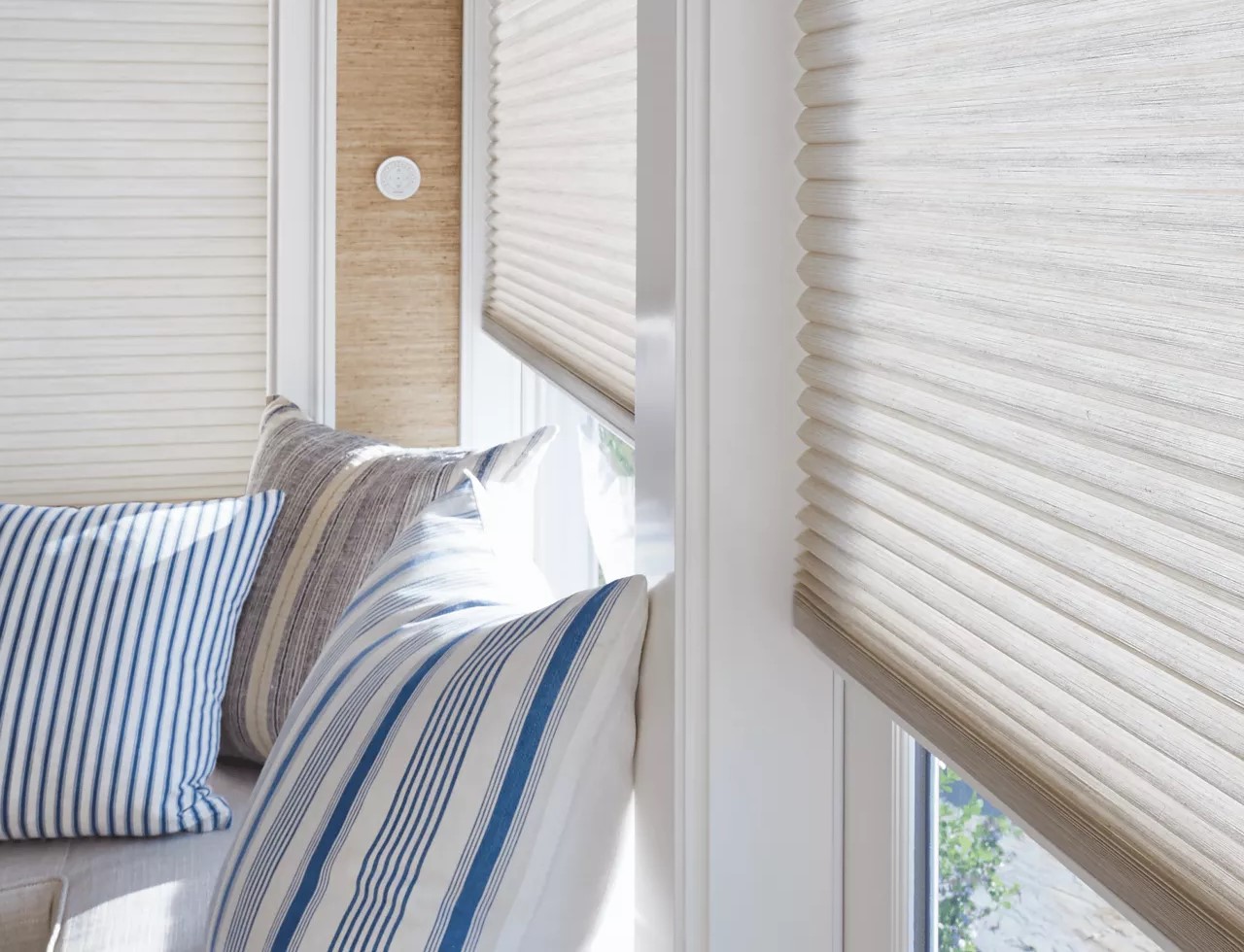

Articles
How To Repair Hunter Douglas Honeycomb Blinds
Modified: August 28, 2024
Learn how to repair your Hunter Douglas honeycomb blinds with step-by-step articles, troubleshooting tips, and expert advice.
(Many of the links in this article redirect to a specific reviewed product. Your purchase of these products through affiliate links helps to generate commission for Storables.com, at no extra cost. Learn more)
Introduction
Welcome to our comprehensive guide on how to repair Hunter Douglas honeycomb blinds. Hunter Douglas honeycomb blinds are a popular choice for their elegance, energy efficiency, and light control capabilities. However, like any other window treatment, they can encounter issues over time. Instead of replacing the blinds entirely, you can often fix these issues yourself with a little know-how and a few basic tools. In this guide, we will walk you through the step-by-step process of identifying and repairing common problems with Hunter Douglas honeycomb blinds.
Before we dive into the details, it’s important to note that Hunter Douglas honeycomb blinds come in various styles and configurations, including corded, cordless, and motorized options. The exact repair process may vary slightly depending on the specific type of honeycomb blinds you have. Nonetheless, the general principles and techniques discussed here will apply to most Hunter Douglas honeycomb blinds.
Now, let’s get started and learn how to repair your Hunter Douglas honeycomb blinds!
Key Takeaways:
- Repairing Hunter Douglas honeycomb blinds is a cost-effective way to extend their lifespan and maintain their elegance. With the right tools and know-how, you can address common issues and keep your blinds looking and functioning their best.
- Proper maintenance, including cleaning, tension adjustment, and troubleshooting, is essential for ensuring the optimal performance of your honeycomb blinds. By following the step-by-step repair process, you can save money and enjoy the benefits of your window treatments for years to come.
Step 1: Identify the Issue
Before you can begin repairing your Hunter Douglas honeycomb blinds, it is essential to properly identify the issue or problem you are experiencing. This will allow you to determine the specific repair steps needed. Here are some common issues that you may encounter with your honeycomb blinds:
- Broken Cord: The cord that controls the movement of the blinds may become frayed, snapped, or tangled.
- Uneven or Stuck Slats: The slats of the blinds may be unevenly positioned or get stuck when opening or closing.
- Poor Tension: The blinds may not hold their desired position and constantly drift open or closed.
- Dirty or Dusty: Over time, the blinds may accumulate dust and dirt, affecting their appearance and functionality.
- Other Issues: There may be other issues specific to your blinds, such as damaged hardware or broken components.
Once you have identified the specific issue with your honeycomb blinds, you can move on to the next step of gathering the necessary tools for the repair process. Remember, it is important to take your time during this step to ensure you have a clear understanding of what needs to be fixed.
If you are unsure about the issue or are unable to determine the cause of the problem, it may be helpful to consult the Hunter Douglas website for troubleshooting guides or contact their customer support for assistance. They can provide additional guidance based on your specific blinds model and issue.
Step 2: Gathering the Necessary Tools
Before diving into the repair process, it’s essential to gather the necessary tools and materials. Having these items on hand will ensure a smoother and more efficient repair experience. Here are some tools and materials you may need:
- Screwdriver: A screwdriver is useful for removing screws and accessing the inner mechanisms of the blinds.
- Pliers: Pliers can come in handy for gripping and maneuvering small components and cords.
- Scissors: You will need scissors to trim, cut, or replace cords or strings in your blinds.
- Replacement Cord: If you are dealing with a broken cord, it’s helpful to have a replacement cord of the same type and length.
- Cleaning Supplies: If your blinds are dirty or dusty, gather some mild soap, water, and a soft cloth or sponge for cleaning.
- Lubricant: A silicone-based lubricant can be useful for lubricating mechanisms and ensuring smoother operation.
- Tape Measure: A tape measure is essential if you need to measure and cut new cords or repair components.
- Replacement Components: Depending on the issue, you may need to gather replacement components such as brackets, hooks, or slats.
Make sure to gather these tools and materials before starting the repair process. Additionally, it’s a good idea to have a clean and organized workspace to work on your blinds. This will help prevent any accidental damage or loss of small parts.
Once you have all the necessary tools and materials ready, you can proceed to the next step of opening and closing your Hunter Douglas honeycomb blinds.
Step 3: Opening and Closing the Honeycomb Blinds
Now that you have gathered your tools and materials, it’s time to properly open and close your Hunter Douglas honeycomb blinds. This step is important as it will give you access to the inner mechanisms of the blinds and allow for easier repairs. Follow these steps to open and close your blinds:
- Raise the blinds: Gently pull down on the bottom rail of the blinds to raise them up. Stop once the desired height is reached.
- Lower the blinds: Push up on the bottom rail to lower the blinds back down. Again, stop at the desired height.
- Open the blinds: Depending on the style of your honeycomb blinds, you may have two options to open them. If you have a cordless option, simply use your hands to pull the blinds apart and stack the slats at the top. For corded blinds, use the lift cord to stack the slats at the top.
- Close the blinds: To close the blinds, gently pull the bottom rail towards you, causing the slats to fold and stack together in a closed position.
By properly opening and closing your blinds, you can access different parts of the mechanism for repairs. This step is particularly important if you need to replace a broken cord, adjust the tension, or fix any uneven or stuck slats.
Once you have familiarized yourself with opening and closing your honeycomb blinds, you can move on to the next step of removing and replacing the broken cord (if necessary).
Step 4: Removing and Replacing the Broken Cord
If you have identified that the issue with your Hunter Douglas honeycomb blinds is a broken cord, this step will guide you through the process of removing and replacing the cord.
Here’s how you can remove and replace a broken cord in your honeycomb blinds:
- Open the blinds: Follow the steps outlined in Step 3 to open the blinds fully, exposing the inner mechanism.
- Identify the broken cord: Locate the broken cord by examining the cords attached to the bottom rail of the blinds. It may be frayed, snapped, or tangled.
- Remove the old cord: Carefully remove the broken cord from the bottom rail and any cord guides or pulleys it may be threaded through. Take note of how the cord is attached and any knots or loops it forms.
- Measure and cut the replacement cord: Measure the length of the old cord precisely using a tape measure. Cut the replacement cord to the same length.
- Attach the new cord: Begin threading the replacement cord through the cord guides or pulleys, following the same path as the old cord. Use pliers if needed to guide the cord through tight spaces.
- Knot or loop the cord: Once the new cord is threaded through, tie a secure knot or loop at the ends to prevent it from slipping or unraveling. Ensure it is tight enough to hold the weight of the blinds.
- Test the cord: Carefully open and close the blinds to test the functionality of the new cord. Make any necessary adjustments if the blinds don’t operate smoothly or evenly.
It’s important to follow the specific instructions provided by Hunter Douglas for your particular blind model when removing and replacing the cord. Some blinds may have unique mechanisms or cord attachments that require a slightly different approach.
With the broken cord now replaced, you can proceed to the next step of adjusting the tension on your honeycomb blinds.
When repairing Hunter Douglas honeycomb blinds, start by identifying the specific issue, such as a broken cord or damaged fabric. Then, refer to the manufacturer’s instructions or contact their customer support for guidance on the best way to fix the problem.
Read more: How To Mount Hunter Douglas Blinds
Step 5: Adjusting the Tension on the Honeycomb Blinds
Proper tension is crucial for the functionality and appearance of your Hunter Douglas honeycomb blinds. If you find that the blinds are not holding their desired position or are constantly drifting open or closed, adjusting the tension can help resolve this issue.
Follow these steps to adjust the tension on your honeycomb blinds:
- Open the blinds: Fully open the blinds by following the steps outlined in Step 3.
- Locate the tension device: Look for the tension device, usually located on the headrail or at the top of the blinds. This device controls the tension on the cords and helps to keep the blinds in place.
- Adjust the tension: Use a screwdriver or other appropriate tool to tighten or loosen the tension device. Turn the screw or adjust the mechanism clockwise to increase tension and counterclockwise to decrease tension.
- Test the tension: After making adjustments, open and close the blinds to check if the tension is to your liking. The blinds should hold their position without drifting or sagging.
- Repeat if necessary: If you are not satisfied with the tension adjustment, repeat the process by making additional small adjustments until the desired tension is achieved.
It’s important to make small adjustments when tweaking the tension to avoid over-tightening or causing damage to the blinds. Take your time and test the blinds after each adjustment to ensure optimal performance.
If you find that adjusting the tension does not resolve the issue or the blinds are still not functioning correctly, it may be necessary to consult the Hunter Douglas website or contact their customer support for further assistance.
With the tension now adjusted, you can move on to the next step, which covers cleaning and maintenance tips for your honeycomb blinds.
Step 6: Cleaning and Maintenance Tips
Cleaning and maintaining your Hunter Douglas honeycomb blinds is essential for keeping them in excellent condition and prolonging their lifespan. Regular cleaning helps remove dust, dirt, and allergens, ensuring optimal performance and appearance. Here are some helpful cleaning and maintenance tips:
- Dust regularly: Use a soft cloth, duster, or vacuum cleaner attachment to gently dust the blinds on a regular basis. This will prevent dust buildup and maintain their pristine appearance.
- Spot clean stains: For minor stains or spots, spot clean using a mild soap and water solution. Dip a soft cloth or sponge into the soapy water, wring out excess moisture, and gently dab the affected area. Avoid scrubbing vigorously, as it may damage the fabric.
- Avoid harsh chemicals: When cleaning your honeycomb blinds, avoid using harsh chemicals, bleach, or abrasive cleaners, as they can damage the fabric or coating. Stick to mild cleaning solutions or consult the manufacturer’s recommendations.
- Check for loose components: Periodically inspect the blinds for any loose brackets, hooks, or other components. Tighten or replace them as necessary to ensure stability and proper functioning.
- Handle with care: When opening, closing, or adjusting your blinds, handle them gently to avoid placing excess strain on the mechanisms. Pull on the designated cords or lift the bottom rail rather than pulling on the fabric.
- Keep moisture to a minimum: Avoid exposing your honeycomb blinds to excessive moisture, as it can damage the fabric and affect their functionality. Use caution when cleaning near windows or in humid areas.
By following these cleaning and maintenance tips, you can keep your Hunter Douglas honeycomb blinds looking fresh, clean, and performing at their best. Regular maintenance will extend their lifespan, saving you money on potential repairs or replacements in the future.
Now that you know how to care for your honeycomb blinds, let’s move on to the next step: troubleshooting common problems.
Step 7: Troubleshooting Common Problems
Even with proper care and maintenance, you may still encounter certain issues with your Hunter Douglas honeycomb blinds. Here are some common problems and troubleshooting tips to help resolve them:
- Uneven or stuck slats: If your slats are uneven or get stuck when opening or closing, make sure they are properly aligned. Gently adjust them with your hands or use a straight-edge tool to straighten them out.
- Difficulty in raising or lowering the blinds: If you are having trouble raising or lowering the blinds, check for any obstructions such as furniture or window treatments that may be blocking their movement. Clear the area and try again.
- Poor cord operation: If the cords are not operating smoothly, check for any tangles, knots, or obstructions that may be impeding their movement. Untangle and straighten the cords as necessary.
- Excessive light gaps: If you notice excessive light gaps when the blinds are closed, make sure the blinds are properly seated in the window frame. Adjust the brackets or reinstall the blinds if needed.
- Motorized blinds not functioning: If you have motorized blinds and they are not operating, check the batteries in the remote control or power source of the blinds. Replace as necessary and ensure they are properly connected.
- Sagging bottom rail: If the bottom rail is sagging, it may need to be adjusted or replaced. Check the brackets and ensure they are securely fastened to support the weight of the blinds.
If you have tried troubleshooting the issue and are still experiencing problems with your Hunter Douglas honeycomb blinds, it is recommended to contact Hunter Douglas customer support or consult a professional for further assistance. They can provide specific guidance based on your blinds’ model and the nature of the problem.
By following these troubleshooting tips, you should be able to address common problems and keep your honeycomb blinds functioning properly. Now, it’s time to wrap up this guide.
Conclusion
Congratulations! You have successfully learned how to repair Hunter Douglas honeycomb blinds. By following the step-by-step process outlined in this guide, you can identify common issues, gather the necessary tools, open and close the blinds, replace broken cords, adjust tension, clean and maintain the blinds, and troubleshoot common problems.
Repairing your honeycomb blinds not only saves you money but also allows you to extend the lifespan of your window treatments. With a little know-how and some basic tools, you can address common issues and keep your blinds looking and functioning their best.
Remember to take your time, follow the specific instructions for your blinds model, and be gentle when handling the blinds to avoid causing further damage. If you encounter any difficulties or are unsure about any step, it’s always a good idea to consult the Hunter Douglas website or reach out to their customer support for expert guidance.
By properly maintaining and repairing your Hunter Douglas honeycomb blinds, you can continue to enjoy their elegance, energy efficiency, and light control capabilities for years to come.
Thank you for reading this comprehensive guide on how to repair Hunter Douglas honeycomb blinds. We hope it has been informative and helpful for your home improvement endeavors. Happy repairing!
Frequently Asked Questions about How To Repair Hunter Douglas Honeycomb Blinds
Was this page helpful?
At Storables.com, we guarantee accurate and reliable information. Our content, validated by Expert Board Contributors, is crafted following stringent Editorial Policies. We're committed to providing you with well-researched, expert-backed insights for all your informational needs.
